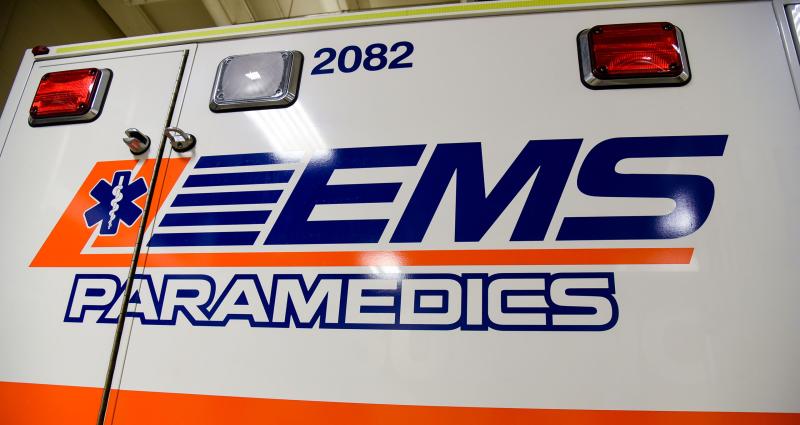Community paramedicine SHA’s “best-kept secret”
People tend to think of paramedics as health-care providers who respond to an accident scene or urgent care events. While this is true, the quietly growing branch of community paramedicine, which sees paramedics provide vital, non-urgent care to people in their homes and locations outside of the emergency room, is expanding what paramedics do.
“We’ve been told it’s the best kept secret,” said Sherri Julé, director of Saskatchewan Health Authority’s (SHA’s) Emergency Medical Services (EMS) – North and responsible for establishing the provincial community paramedicine programs in both SHA and contracted ambulance services. “It’s not a secret for us. It’s so helpful and healthy for the patients.”
Community paramedicine is a preventative approach to health care where paramedics with specialized training apply their skills in non-traditional, community-based environments. A team comprised of the patient and family, the physician, the nursing or care team and the paramedic working in the community determine together whether the program is the right fit for a patient.
Services provided vary by location. They include oxygen administration, catheter and ostomy care, dressing changes, intravenous fluid and medication administration, immunizations, wellness checks, phlebotomy services, and mental health and palliative supports.
“They just lift the burden of life off me,” said one patient who had weekly contact with a community paramedic.
In the 11 years Julé has been working with the Community Paramedicine Program, the program has grown from a handful of sites to the current 39 ground ambulance services across the province. During the pandemic, more than 105 ambulance services, involving in excess of 700 paramedics, have been trained to provide COVID-19 swabbing, immunization and other services.
“The program is nimble. When the service is no longer required, paramedics do not continue to do that work.”
Provincial data underscores the program’s value. In 2020-21 paramedics working in the community responded to more than 12,000 community paramedicine care events. The total number, when pandemic support is factored in, is much higher. In Saskatoon, of the 1,512 calls paramedics working in the community responded to that year, 98 per cent resulted in patients being treated in their homes rather than in an emergency department.
We are fortunate indeed to have the CP program which will continue to grow and evolve to address patient priorities across the province.


